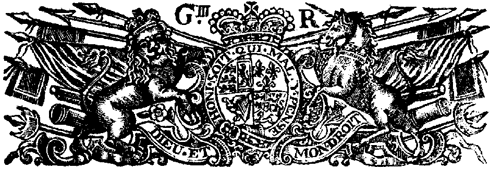

The First Foot Guards
We are a Revolutionary War
reenactment group based in Boston MA,
accurately portraying the royal household regiment that is now known as
The Grenadier Guards
Chop,
cut and slice.
We owe it to the French.
The French word for 'to slice' is 'trancher', which is etymologically linked to our word 'trench', a furrow in the earth. From it comes 'tranchoir', or 'something that is sliced'. The tranchoir was a slice of bread from a loaf that was usually larger than today's Wonder Bread. The standard quartern loaf was substantial. Also, the shape was more commonly a spherical piece of dough, which tended to flatten as it settled, so your slice would be round, or oval. The old and picturesque English 'cottage loaf' consists of one smaller sphere placed on top of another. In medieval times the bread was sliced by the man of the house - he was literally the breadwinner. Slicing was done by standing, placing the loaf against your apron, and drawing the knife towards you. It took skill and care. Slices were generally thicker than those to which we are accustomed today, because there were no automatic slicers or special bread knives with serrated edges. When the loaf was a day old (or more!) the slice, or tranchoir, was used as a platter on which to put your food. The word became 'trencher' in English. You simply put your trencher directly onto the wood of the 'borde' or 'board', which was the table, and ate. When you finished, you ate the trencher, which had by now sopped up some of the juices or gravy. Sometimes the sodden trenchers were given to the lucky dogs. In time, the trencher became treenware (wooden), and if you were wealthy enough, pewter. In using the bread trencher, there was no need to worry about soiling the table napery, because in general a tablecloth was not used.
An old English game was 'turning the trencher'. It was done with a round wooden plate, and is the forerunner of our 'spin the bottle'.
By the way, 'board' occurs in an old phrase that is still used today: 'room and board'. It means you have shelter (maybe even a bed to share!) and food. The word occurs in family names Borde/Boorde, and Boardman. Such a person would be engaged in what we would term 'the hospitality industry'. Andrew Boorde was a 16th century travel writer who, interestingly enough, recorded the customs of his time, including how people dined.
.................
Another French word for 'to cut' is tailler, from which we get the word 'tailor'. He was in fact a cutter, and 'cutter' was the older English word for a tailor. The present day authoritative trade magazine in England is the 'Tailor and Cutter'. Remember though that tailors were relatively uncommon before the 1800s, because your own family made the clothes you stood up in. Tailors were only for the rich and famous, like First Foot Guards officers.
.................
Hash, hatch, hatchet, and hack all come from the French "hacher" 'to chop' or "hache/hachette" 'axe'. Just one of many thousands of English words borrowed and adapted from the French, and put to good use.
The compound 'hash mark' is an early 20th-century Americanism, so that as a serious re-enactor, it's a term you wouldn't be using, whether it means military stripes, or the more unsavory marks on a bed sheet or underclothes. (One of the period terms for this is 'to ray the bed').
But hash as chopped-up pieces of meat goes back to 17th-century England. There's even a low class 18th-century expression "flash the hash," meaning 'to vomit', so you can always use that term with a degree of confidence.
However, the French term for hash (the food) is 'ragout', which of course swanky restaurants use to gloss over the fact that they're only serving up stew.
There's more: In engraving, if you hatch a surface, you scribe parallel lines to create shading, and sometimes these lines cross each other, creating a pattern like #, the hash mark. Because of this, coats of arms used in funerals, rendered in black and white only, became known as 'hatchments'… and if you visit English churches you will see many of them dating from the 1700s and early 1800s hung on the walls. Hatching is also a technique used to rough up a surface such as brick before applying a layer of plaster. The English names Hatcher and Hacker (the last could also be German) refer to a 'cutter'.
Today if you're at the regimental mess tent, you can help out by using the hatchet to cut the wood for the fire, or you could help our cook to hack the beef for the hash. We earnestly hope that you'll refrain from flashing the hash.
Pvt
Graeme Marsden
First Battalion
First Foot Guards